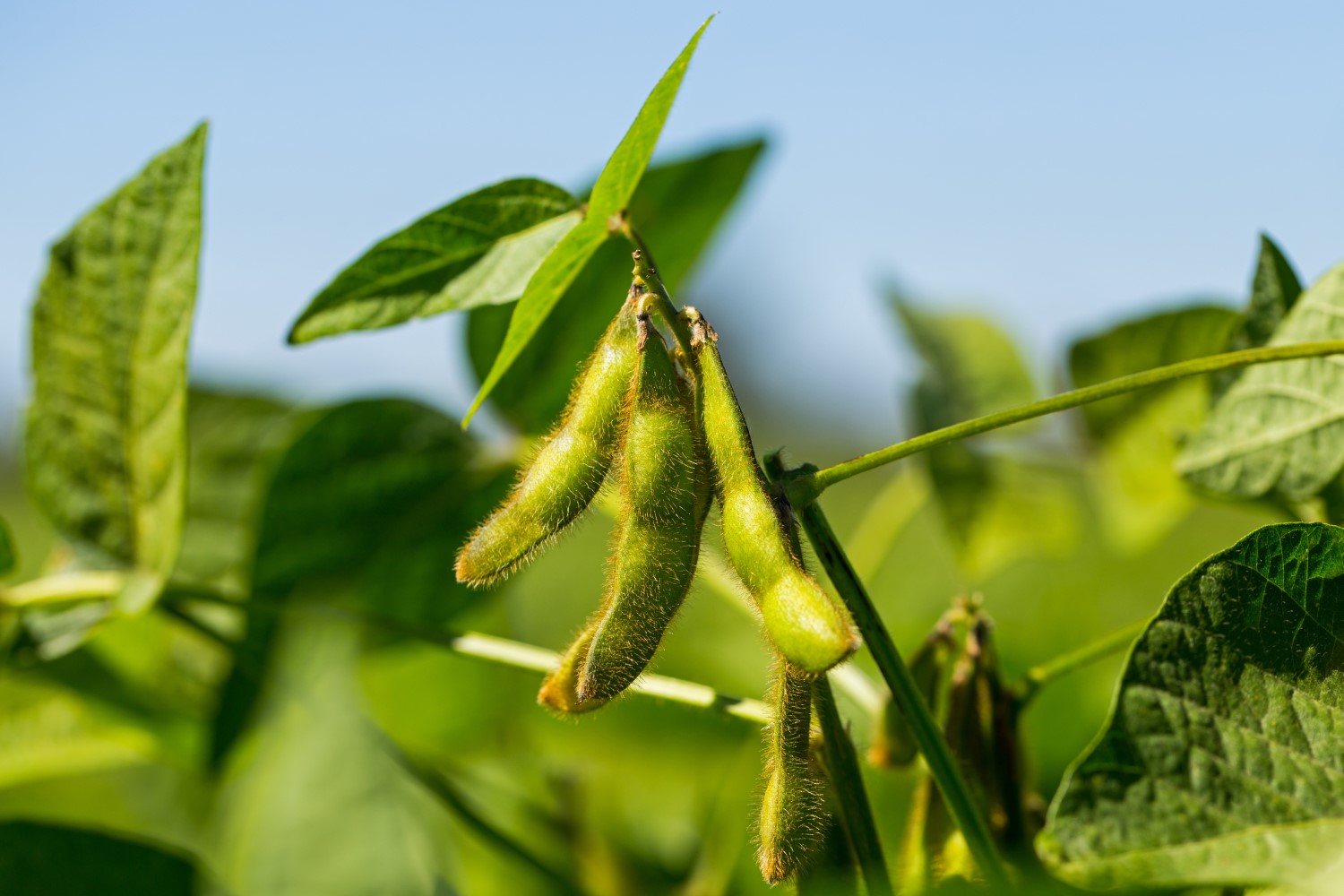
- Commodities
Brazil’s soybean harvest is declining
Do you want to know how to make money from this?
Register for free and get expert advice, access to a training course and webinars.
Key points:
- Brazil’s soybean harvest is expected to be smaller than originally expected.
- The reason is heat and drought in the country of production.
- However, the USDA is in no hurry to lower its 2024 crop forecasts.
Brazil, a leading exporter of soybeans, is anticipating a smaller harvest than initially projected. This adjustment is a response to diminished yields in crucial areas due to intense heat and drought. However, the impact of this reduction is mitigated by a larger harvest in the previous year.
US and Brazilian forecasts vary
The baseline projections for Brazil’s soybean production potential in 2023-2024 vary significantly between the USDA and its Brazilian counterpart Conab, although the difference is not markedly distinct.
The U.S. Department of Agriculture recently revised down Brazil’s 2023-24 soybean crop to 156 million metric tons from the previous estimate of 157 million, which was lower than analysts’ expectations around 153 million. Simultaneously, Conab also adjusted its crop forecast, reducing it to 149.4 million tonnes from the January estimate of 155.3 million.
In October, the USDA initially reported Brazil’s 2023-24 soybean production as 163 million tons, with a 2022-23 crop of 156 million. However, in the latest update, the ministry increased the previous year’s harvest to 162 million tons from the January estimate of 160 million, effectively offsetting the impact of the current year’s crop loss.
Why doesn’t the USDA cut its forecasts?
This would mark the seventh consecutive harvest where the ultimate USDA assessment for Brazilian soybeans surpasses the October post-harvest figures.
Over the last four months, the USDA’s projection for Brazil’s 2022-2023 soybean harvest has increased by almost 4%, a growth rate higher than the preceding six years when the final production figures were up to 3% higher than those reported in October. In its recent report on Thursday, the U.S. Department of Agriculture presented nearly conclusive production and export data that influenced the growth in output during the previous year.
The USDA’s hesitance to acknowledge the anticipated reduction in the 2023-24 crop might be attributed to the recurring pattern of production increasing post-harvest due to heightened demand. This phenomenon has led to comprehensive data revisions in the past.
Do you want to know
How to make money from the news
Register for free and get:
- Expert consultation;
- Access to the training course;
- Opportunity to participate in webinars

